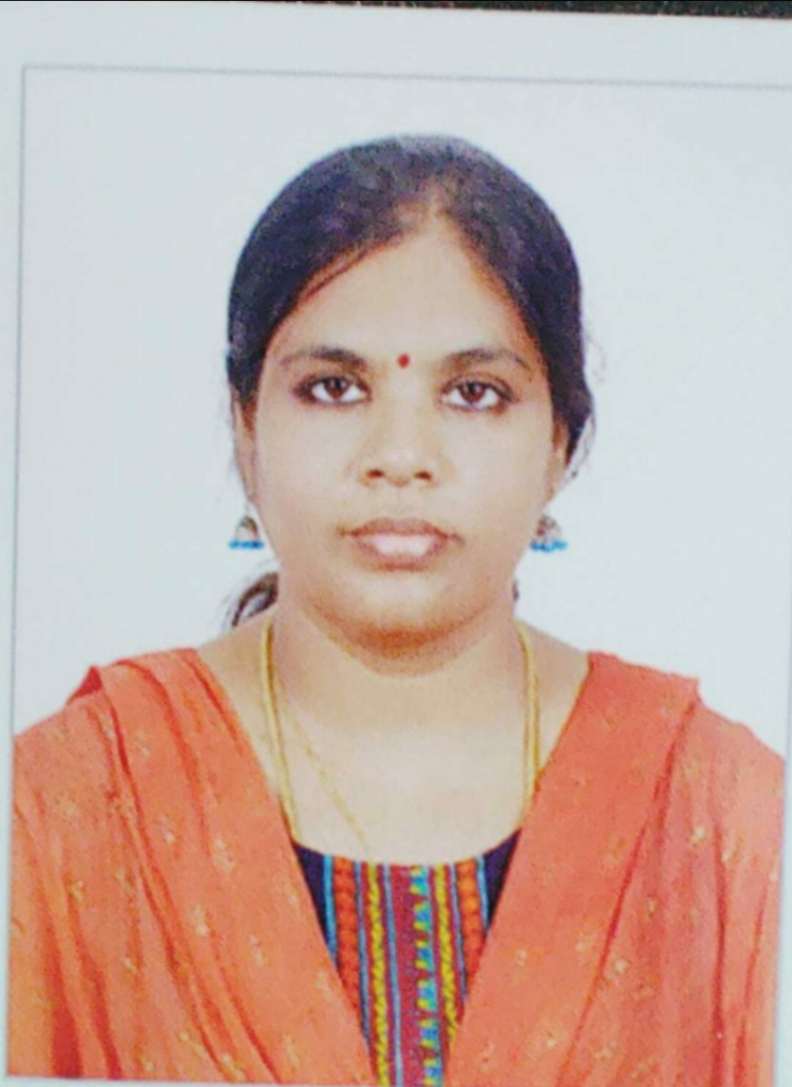Sivakami T
@bharathuniv.ac.in
Associate professor / ECE
Bharath institute of higher education and research
EDUCATION
BE in ECE
ME in Optical communication
PhD in information and communication
RESEARCH, TEACHING, or OTHER INTERESTS
Computer Networks and Communications, Information Systems and Management, Engineering, Communication
Scopus Publications
Scholar Citations
Scholar h-index
Scholar i10-index
Scopus Publications
Ashok Kumar Koshariya, D. Kalaiyarasi, A. Arokiaraj Jovith, T. Sivakami, Dler Salih Hasan, and Sampath Boopathi
IGI Global
Agriculture and farming have gotten smarter as a result of the use of current technology such as Wireless Sensor Networks (WSN) and the Internet of Things (IoT). Smart farming is an enhanced agriculture system that offers data such as temperature, soil moisture, and so on, to assist in the growth of plants and cattle. It integrates wireless sensors and the internet to collect and communicate information with farmers. The priority event-based energy efficient algorithm developed in this study is utilized for accurate and efficient information transmission regarding power consumption and node priority. The major goal of the IoT-sensor network in this chapter is to increase farm productivity and extend its lifespan by applying intelligent algorithms such as Artificial Neural Network (ANN) to recognize environmental conditions and improve total production. Priority event-based energy efficient method reduces energy usage and increases the lifetime using Dijkstra's algorithm.
A. Prabha, S. Saravanan, S. Balaji, Malini K V, Kaushalya Thopate, T. Sivakami, and M.Siva Ramkumar
IEEE
A battery is a device that can be used to provide power for a variety of purposes. Regardless of the battery’s size, the SoC is an important consideration. The abbreviation SoC stands for “State of Charge." It refers to the battery’s remaining capacity. SoC is used in both main and secondary batteries. However, accurately calculating the SoC necessitates a high level of skill. This research aims to solve this problem by developing an Artificial Intelligence (AI) model that can predict the SoC of batteries.To construct this battery management system, Mendeley data was used to obtain a fundamental dataset encompassing all vital properties that compose a battery. An AI model is built using the Artificial Neural Network (ANN) architecture. This model is then trained using the data from the dataset. The model had the highest accuracy and a very low loss value at the end of the training and validation;thus, it could be ignored. After validation, the model’s accuracy is greater than 0.98 and the loss value is less than 0.05, indicating that it is very effective at predicting the battery’s SoC value.The model is then implemented into a software application to make it more user-friendly for common people. The user can enter information about the battery, such as the voltage, current, and temperature values, using the application’s straightforward user interface. The application shows the battery’s SoC as well as the actual SoC for comparative purposes based on the numbers entered. This application reduces the need for an electrician for simple tasks like the prediction of the SoC of the battery.
T. Sivakami and S. Shanmugave
Science Alert
T. Sivakami and S. Shanmugavel
IEEE
Now a day's researchers are concentrating more on 4G networks which combines different kinds of networks such as wlan, cellular, satellite, adhoc network etc and form a heterogeneous network. Heterogeneous network can provide anywhere at any time connection and namely “always best connected” (ABC) network environment. In such environment mobility management such as location and handoff plays a vital role when we incorporate different networks together and lot of issues come in to picture as far as macro mobility (users move from one networks to other networks) is concerned. Thus many research papers have been published under macro mobility management and addressed the problem of handoff management issues and given enough solution to their problems. But very few of them had concentrated on architectural point of view. So in this paper we have reviewed all possible methods for integrating of two networks and finally draw which method could be suitable for integration among different networks.

